
Carl de Keyzer
Social and Historical Perspectives
Carl de Keyzer looks at life from the perspective of historical records and current evolutions. Those evolutions include social relationships, politics, climate change, and technology. de Keyzer has also cultivated a deep love for the craft of photography – both from the vantage of working with 100 year old glass plates, and using today’s best technologies, to achieve truly remarkable images.
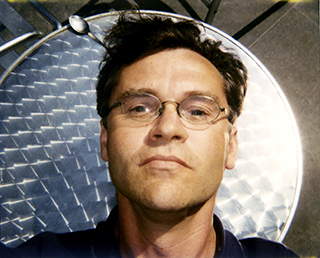
Carl de Keyzer, Self-Portrait
Starting his freelance career in 1982, de Keyzer saw both film and the emergence of digital imaging competing for the future of photography. de Keyzer’s father represented a Belgian firm which produced the first high-end digital image editing software and peripherals. Very few individuals anticipated digital photography from this vantage, or technical detail.
The electronic evolution was problematic. de Keyzer commented, “The digital workflow has only been mature during the past six to eight years. Before that, it was frustrating and in some ways counter productive. The early digital days were a nightmare. It was trial and error. I bought my first computer in 1982. It was an Apple II computer. When I could finally use Photoshop, it was not so easy.”
The upside is that several scales of magnitude separate the faster digital workflow from the traditional analog approach. de Keyzer pointed out, “I had 1200 rolls of film following one year of shooting in the United States. By the time I returned, the cataloging was a huge chore. The amount of travel time equaled the amount of darkroom time. After three months of travel, it was another three months before I had a sense for my work.

Ahrenshoop Germany
Now after three months of travel, I can produce an exhibition print the first day that I am back. If you want, you can have a show two days later.”
Unlike many photographers who produce several thousand images for a given project, de Keyzer counts his images by the tens of thousands. During an 18 month project, de Keyzer followed Europe’s coastlines to document the sea level and tidal changes. He stopped at 6000 locations, where he produced a total of 80,000 images.
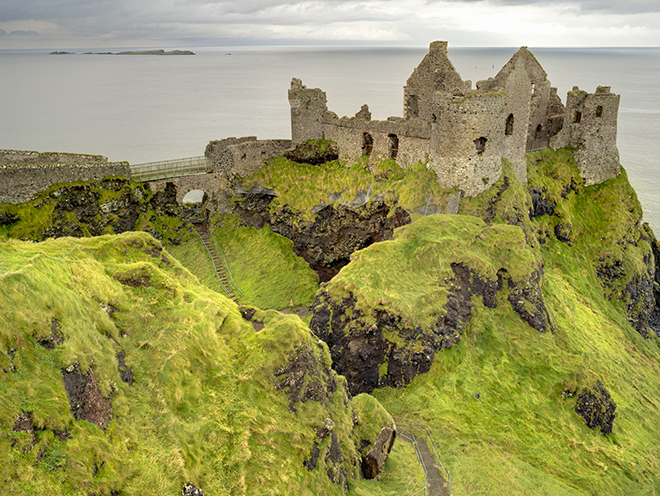
Portballintrae, Northern Ireland, UK
That leads to a significant amount of editing, cataloging, and consolidating. It also used to cause a fair amount of eye strain. Besides inducing fatigue, de Keyzer found that his existing monitors were unreliable. “I had one glossy and one matte display. They each produced different results. Neither the reds, nor the blues were accurate. It was not because of color management issues. I used to pay an expert EUR500 per year to calibrate my displays.”
Following that project, de Keyzer sought out a reference monitor. He decided on the EIZO ColorEdge CG276. The improvements were significant. “The first thing that I noticed was that the blues and the reds were totally different. The inkjet printers were always different from my previous monitors in those areas. Finally the monitor matches the gamut of the printer. There is a really small margin for error between the monitor and the printer - perhaps 1%. . . or a half of a percent. Actually this EIZO monitor is more accurate to the file data. And most importantly, there is no more eye strain.”
“I started this idea of ‘Moments before the flood’ when Al Gore came out with his movie about global warming. Everyone was in a panic. They thought that the sea level would rise by meters, and that all of the shorelines would disappear. All the disasters occurred in America and in Indonesia. Europe stayed relatively untouched. Because a disaster could occur at any time, I decided to go around the entire European coastline. I travelled 120,000 km in 18 months.
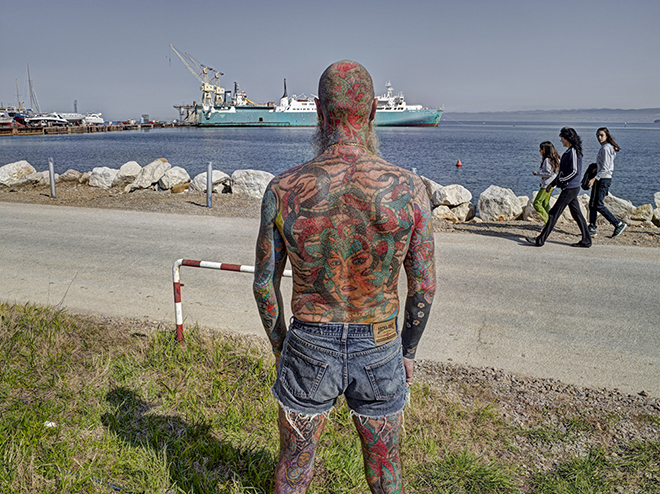
Izola, Slovenia
The fear of the public was being translated into these ‘before’ images. The newspapers were full of editorials regarding the loss of the coastal European lands. I visited 6000 locations. I went to Bulgaria, Scandinavia, Ireland, Turkey, everywhere. I also went to Sardinia, Sicily, Malta and other islands.”
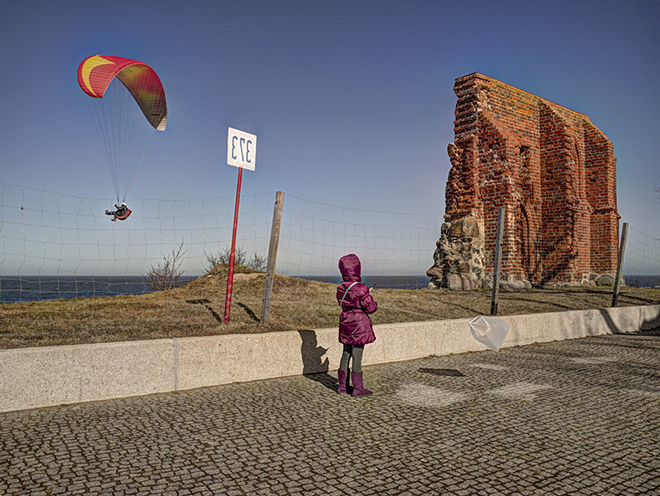
Sliwin, Poland
de Keyzer paused for a moment and contemplated the many images produced, “It would be totally impossible to review 80,000 negatives.” The new digital photography paradigm has opened up an entirely new level of freedom and opportunity to the master craftsman. “I used to work with galleries, but I gave up all of my contracts and am doing all of the work myself now. I am a one man show. I could not do that during the analog days. Now you can very quickly complete work with the digital workflow.”
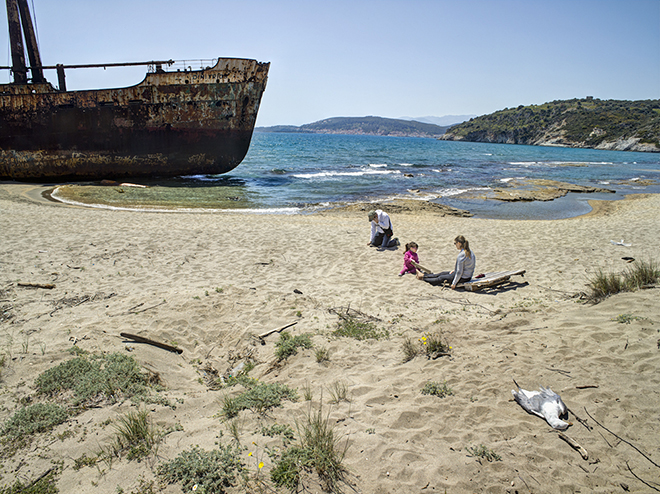
Valtka, Greece
Another epic self-assignment required every aspect of his skill, knowledge, and tenacity. A student of history, this Belgian photographer had an affinity to Belgian colonized Africa. The project required several years to complete, due to the political unrest, push back from the government and individuals, as well as the long list of other obstacles.
“I went to the Congo in 2009 and 2010, because it was the 50th anniversary of the independence of the country, following the colonization of the area. I went to all of the colonial infrastructure. I took a Belgian guidebook made in 1958, so that they could understand the country. It had swimming pools, big hotels and safari parks - like a big Belgian playground in Africa. I made the same tourist visit that Belgians did in 1958. Now everything is pretty much in ruins. The Congolese did not appreciate that as it showed the bankrupting of the country.
I contrasted my photographs with many original photographs produced 100 years ago. Even the Belgian royalty had forbidden these images from public viewing. I went to the Africa Museum in Belgium, built by King Leopold II, the king who was responsible for colonizing the Congo at the time. It showed the first railroads, the first missions, the first factories and so on. I scanned the original negatives myself.
Some of the pictures look so much like my pictures, that I am amazed by the similarities. They were 13x18cm glass plates in very good condition. The images were amazing. I decided to retouch all of the images. I know that there is an academic approach to maintain the artifacts. If I was the photographer who made the images 100 years ago, I would not have wanted all of the dust and scratches. I wanted really beautiful museum prints. They were very contemporary looking, as they were nicely finished.
The contrast of the glass plates was a big problem. The glass plates had a lot of contrast. I needed to produce high dynamic range scans from the plates. Sometimes four exposures were required to capture the contrast range. The original prints did not even show all of the detail. The paper could not handle all of the contrast.
When I scanned one of the images, I found so much more information in the shadows that the original caption of an image which read, ‘Chief of a tribe, killed by his enemies in the middle of a forest.’ He was just lying next to a tree. When I scanned the image, I found that the Chief was not in a forest, but rather in his village, surrounded by hundreds of the villagers. All of that information had originally been lost in the shadows. That was completely lost in the print.
There were many more of these things. One other caption read, ‘this was a wild unknown tribe’. When I scanned it, I found that it was not a tribe, but Belgian missionaries setting up their tents in the forest. One could even see the white cross and nurses walking around. It was a lot of work. Every negative took three days of retouching and correction.”
de Keyzer went on to explain, “The Congo was the hardest thing that I have ever done. They arrested me nearly every day. The people really did not want you to photograph them. It was so, so difficult. Most of the colonial buildings are in the east of the Congo, where all of the minerals are. Eastern Congo has been at war for nearly 30 years. It is very very hard to travel there. It was really tough. I abandoned the project 3 times. I did not give up. In the end I had enough photographs to make a book.
The exhibition had 65,000 visitors. It was quite a success. I developed a love for glass plates. I am now researching images from the first world war.”
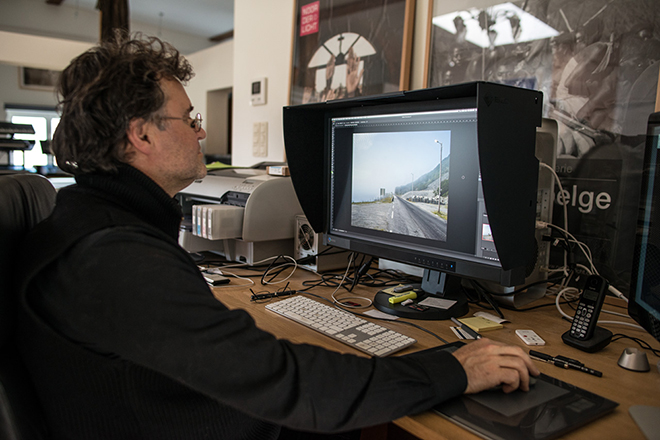
Carl de Keyzer in February 2014 with his ColorEdge CG276
One hears a mixture of things communicated during the course of the colorful description. Firstly, this is a very skilled and knowledgeable communicator. In fact, de Keyzer has mentored photographers at the college level for many decades. By immersion, de Keyzer is both a student and a participant of the historical record. That seems to be a driving force behind his level of tenacity. This drive got him through the Congo adversity, the politics, the oppressive weather, and the medical concerns. It also pushed him to find access to the “hidden” glass plates which have unlocked another level of historical information.
With all of this drive and recognition, de Keyzer is now commissioned to produce a World War I perspective. 2014 marks the 100 year anniversary of the onslaught. In a joint sponsorship, the city of Brugges, and the country of Belgium, are recognizing de Keyzer’s gift for restoring original negatives.
The project is proving to be somewhat difficult. de Keyzer comments, “A lot of the negatives were destroyed. Many were reclaimed for their silver value.” Scouring archives has become a time consuming and simultaneously rewarding experience.
As a companion piece, ten Magnum photographers are producing a contemporary look at WW1. They are capturing images depicting the countries impacted. The list of contributors include: Alec Soth, USA; Antoine D’Agatha, France; Chien-chi Chang, Taiwan and Austria; Mark Power, UK; Nikos Economopoulos, Greece; Alex Majoli, Italy; Thomas Dworzak, Germany; Trent Parke, Australia; and Georgui Pinkhassov, Russia.
The target date for the release is October 2014.



